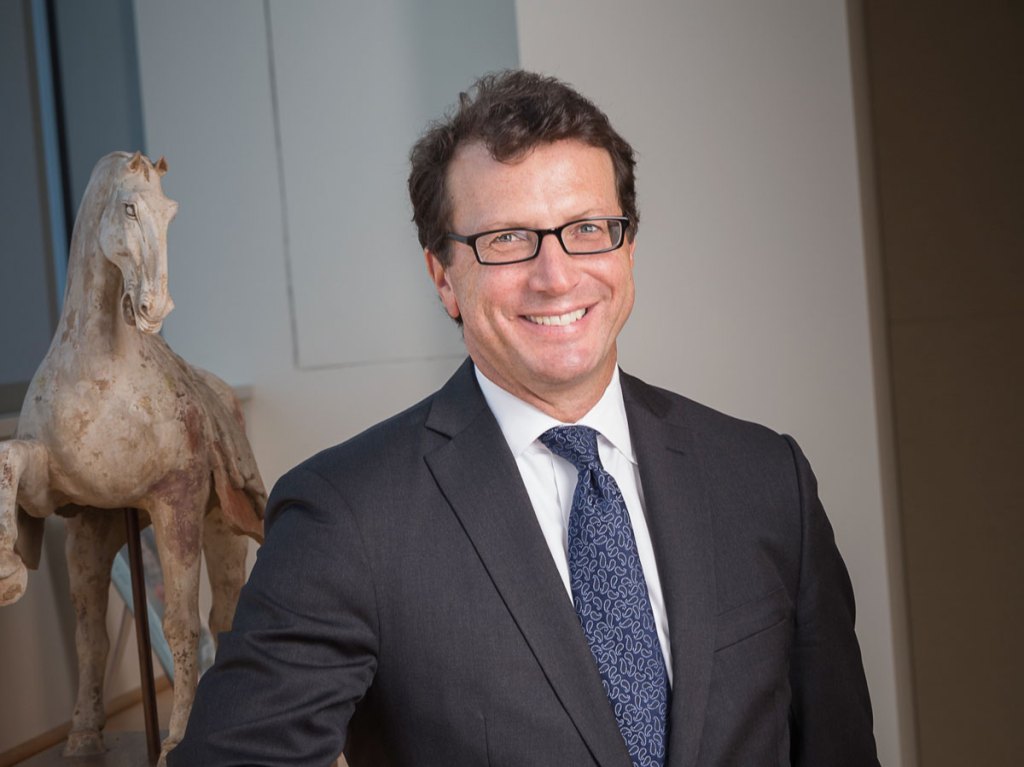The Dallas Museum of Art (DMA) in Texas has named Brian Ferriso, the current director of the Portland Art Museum (PAM) in Oregon, as its next director.
He succeeds Agustín Arteaga, who stepped down last year and was named director of Sacramento’s Crocker Art Museum earlier this year. Ferriso will begin at the DMA on December 1.
Ferriso has been the director of the PAM since 2006. During his tenure, he has grown the museum’s endowment by $40 million, as well as eliminating $7 million in unfunded debt from its balance sheets. Additionally, he has doubled the museum’s curatorial staff, with about half of those positions being endowed in perpetuity. The museum is also now free to visitors 17 and under and school tours as part of its Art Access Endowment program.
Related Articles

Under his leadership, the PAM has also gone through a number of transformations, including focusing on diversifying its permanent collection, adding important works by underrepresented artists, with an emphasis on Indigenous, Black, and women artists. Last year, the PAM was the co-commissioning institution for Jeffrey Gibson’s American Pavilion at the 2024 Venice Biennale.
And, in November, the PAM will open a major expansion, which will add nearly 100,000 square feet and that was realized via a capital campaign of more than $140 million for its construction and endowment.
“Brian is a deeply experienced, proven museum director who has a significant track record in Portland. He constantly demonstrated how collaborative and unifying his approach is,” Sharon Young, the DMA’s board chair and cochair of the search committee, told ARTnews in an interview. “As we dream about our future as a 21st-century museum and what that might look like, we were looking for someone who can think with us, envision with us, and lead us to that place. Brian rose to the top by all of the things that we hope to accomplish and that we want a director to address and be excited about that.”
In an interview, Ferriso said part of his pitch to the board was thinking through the idea of what it means to be a “museum for the 21st Century.” While museums might have their roots in 19th-century cabinets of curiosities that focused on the accumulation of disparate objects, Ferriso said he believes in “in the three pillars of art museums for the 21st century: objects, people, program.” He added that museums should be people-centric, focusing on the “people who work there, people in the community, people who support it, people who are artists,” and program-focused, with its exhibitions and community events “activating the art to connect more deeply with people, to serve their civic function.”
He continued, “The approach I took here in Portland was I built up the staff, the program, the curators, [thinking] about, how do we create community relevance? How do we change the program? How do we become more people centric? And the last part of the puzzle for us was the architecture to support the people and the program that was already developed. I think the Dallas Museum of Art is in a wonderful place to realize that vision.”
The PAM’s construction completion was especially key in Ferriso’s hiring because the DMA also has plans to expand its current Edward Larrabee Barnes–designed building, which opened in 1984. In 2023, the museum selected Nieto Sobejano Arquitectos, an architecture firm with offices in Madrid and Berlin, for the redesign of its footprint. The DMA has yet to announce the details of this expansion, including a planned opening date, the amount of additional square footage that it will add, and a capital campaign goal to fund.
Young said in thinking about the expansion, the board was looking for “someone who matches the ambition of the board to be able to execute a big project and define a museum that was built 40 years ago for the next 40, 50, 100 years. We wanted someone who brings in community and understands the vital role museums play in the civic community.”
Ferriso said he was interested in the DMA job because, after nearly two decades in Portland and finishing the PAM’s expansion, he began thinking about what his next steps might be. “I admire the DMA so much because I’ve known it for many years,” he said, noting that he visited often when he was director at the Philbrook Museum of Art in Tulsa, Oklahoma, from 2002 to 2006. “It also fits my interest in architecture, relevance, and community connectivity. This vision that the museum has laid out of really connecting to the community is inspiring to me.”
In addition to its expansion, another major part of the DMA’s future that Ferriso has to navigate is a major promised gift. In 2005, as part of the DMA’s centennial celebrations, three of Dallas’s top collector couples—Marguerite and Robert Hoffman, Cindy and Howard Rachofsky, and Deedie and Rusty Rose—pledged to bequeath their collections to the museums.
The stipulations of this donation are somewhat unusual in the museum world as the DMA will receive whatever is in their respective collections at the time of their deaths, meaning they can continue to add to the collection, as well as sell from it.
Ferriso said he has longstanding relationship with each of the families and sees their bequest and its nature as “an important initiative—and a dynamic initiative. I love what they’ve laid out. I think it’s really inspiring. They’ve taken a dynamic approach, where they’re still collecting. Their collections are meeting the moment and being responsive to the times—and not a time capsule. When they eventually do come, I think they will be the most relevant that they could be. I think it could become a center in the country, if not the world, for modern and contemporary art.”

